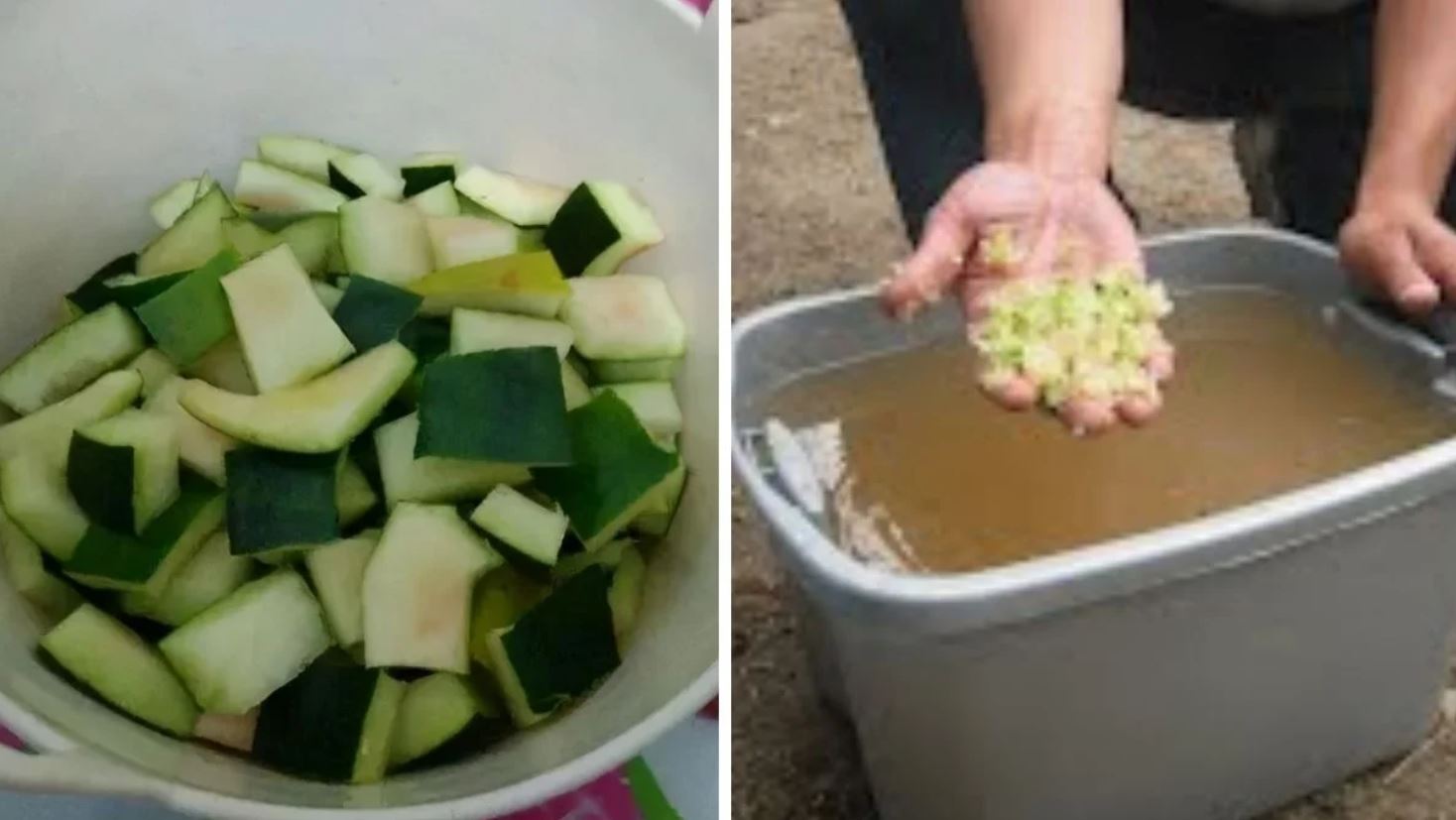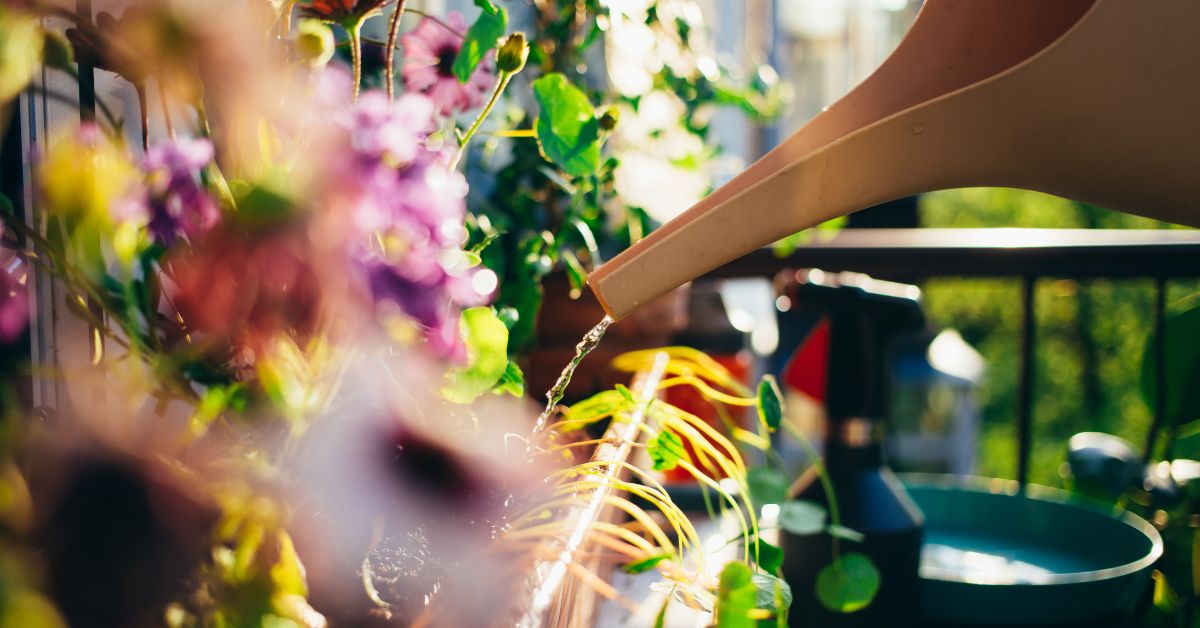As a substitute of tossing out watermelon rinds, gardeners can use them to make wonderful compost. Surat-based city gardener Anupama Desai shares ideas.
A refreshing summer time fruit important, watermelon isn’t solely a tasty fruit that quenches thirst but additionally might be became a wholesome natural manure.
As a substitute of tossing the fruit out in bins and landfills, its rinds can be utilized to make a superb compost. Because the rinds are wealthy in nitrogen content material, their scraps can nourish flower beds and vegetable gardens.
Anupama Desai, an city gardener from Surat, says, “Though, we are able to put together compost from all types of greens and fruits, utilizing peels of seasonal greens and fruits is nice for the expansion of vegetation.”
“As an illustration, we throw away watermelon rinds in summer time despite the fact that they include potassium, phosphorus, calcium, carbohydrates, and plenty of different micronutrients. Compost ready from its rinds acts as an excellent fertiliser for the expansion of indoor vegetation,” she provides.

Moreover, she shares that compost ready at dwelling is totally natural and in addition cheap. Watermelon rinds make a great liquid fertiliser and to organize this, gardeners solely require water, she notes.
Right here, she shares a step-by-step information to making ready compost from leftover watermelon rinds:
1. Toss out the watermelon rinds immediately into the compost bin. Nevertheless, she provides that chopping it into small items can cut back composting time as smaller items decompose sooner, whereas giant chunks of rinds have a considerably slower decomposition price.

2. Switch the chopped rinds to a plastic bucket. Fill this bucket with twice as a lot water as watermelon rinds. Use faucet water for this goal.
3. Cowl this bucket and preserve it beneath shade, away from daylight.

4. Stir the contents of the combination as soon as each day.
5. The liquid fertiliser might be prepared to make use of in about three days.

6. Filter the combination and pressure the water. Now you possibly can both add the fertiliser to the vegetation immediately or combine it with water in a ratio of 1:1.
7. Give this fertiliser to vegetation within the morning or night after sundown.
Anupama suggests gardeners can additional decompose the remaining rinds in a compost bin to utterly utilise them.
Pleased gardening!
Edited by Pranita Bhat